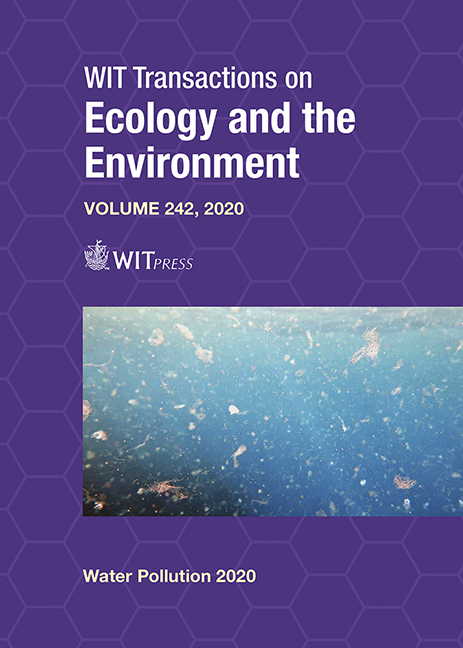NINE STRATEGIES TO PROTECT AND ENHANCE WATERWAYS
Price
Free (open access)
Transaction
Volume
242
Pages
13
Page Range
147 - 159
Published
2020
Paper DOI
10.2495/WP200131
Copyright
WIT Press
Author(s)
GLENN BROWNING
Abstract
In Queensland, the State Government legislation requires all new development to reduce stormwater pollutant loads discharging to the creek (in Brisbane for example, total suspended solids needs to be reduced by 80%, total phosphorus by 60% and total nitrogen by 45%). These simple targets have driven millions of dollars of investment throughout the State. Healthy Land and Water (HLW), a Brisbane-based natural resource management group were given the opportunity to review these stormwater design objectives for the State Government. Whilst it is acknowledged that they are a much-needed step to limiting our ecological impact, our research has raised questions about whether this is the best way of managing our waterway assets. By assessing the stormwater pollution targets using a first principles risk analysis, it was shown that there are fundamental inefficiencies with this approach. The current approach places no incentive on hazard minimisation or avoidance, it makes no distinction as to the downstream waterway value and it provides no opportunity to invest in value restoration, reconnection or conservation efforts. To address these issues HLW have created Strategic Waterways, a tool for categorising and prioritising waterway investments. The tool uses a risk/benefit model to assess, diagnose and then plan the treatment of various waterway ailments. Most importantly it allows for nine unique strategies to managing waterway value where previously there was only one or two. Strategies include: (1) value conservation, (2) value protection, (3) hazard minimisation, (4) risk mitigation, (5) value reconnection, (6) value creation, (7) gamechangers, (8) strategic offsets, and (9) minimum requirements. This paper explains the practical differences in these approaches and empowers waterway managers to build a balanced portfolio of waterway investments to create the biggest possible ecological return on investment.
Keywords
stormwater, waterways, management, strategy, pollution, risk, values, prioritisation





